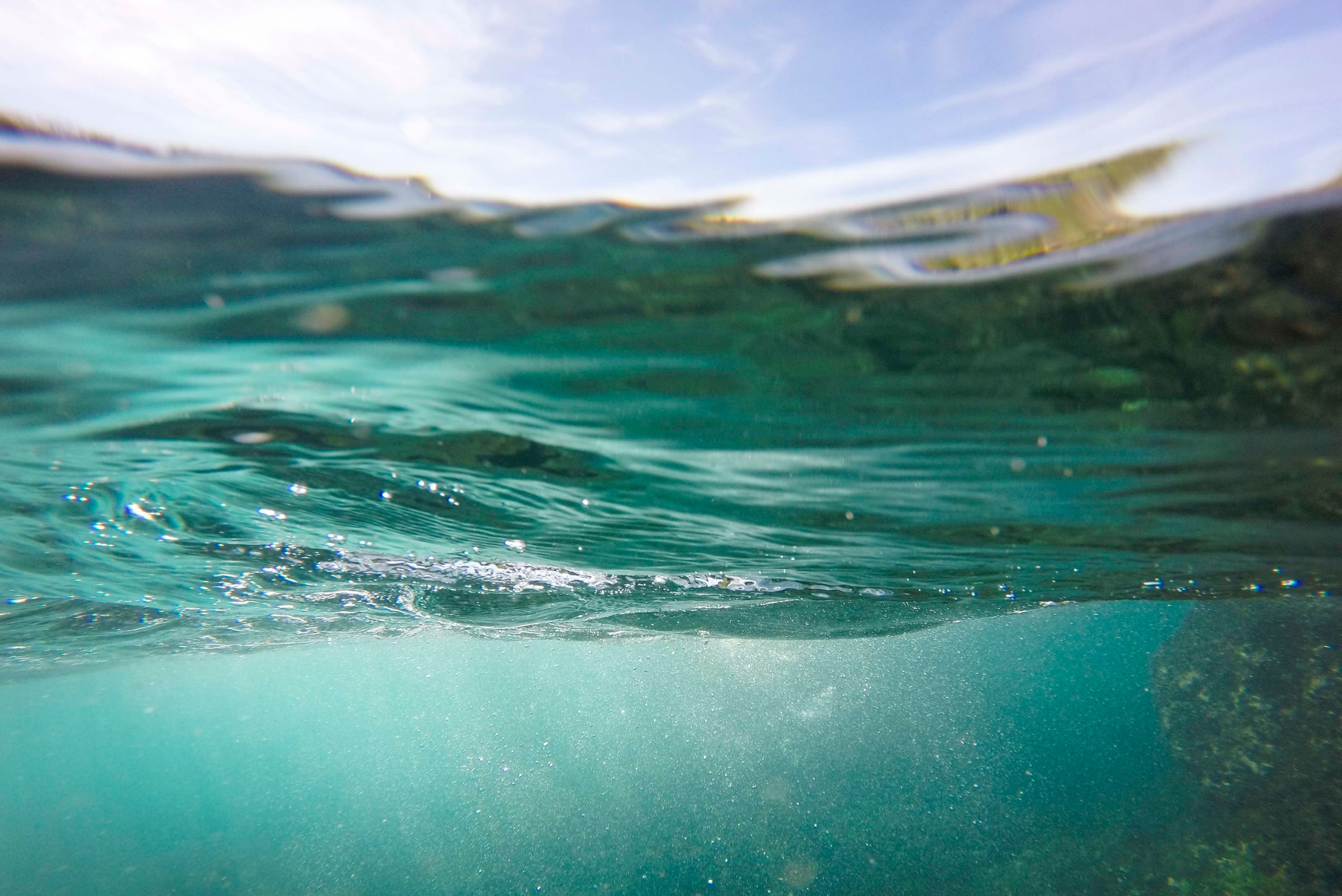The Voyage of the Dawn Treader is a book about the blessings of self-forgetfulness. Part 3 of this series dealt with Lucy’s surprising moment of self-will in Coriakin’s house. Part 4 addresses the personal hell that is Dark Island–where dreams come true.
Self-absorption is distilled to its terrifying essence in the episode of Lord Rhoop on Dark Island. When the Dawn Treader leaves the light of day and is enveloped in an uncanny darkness, it becomes apparent that we are entering another kind of world—one that has no connection to the world of sky and wind and light. The travelers’ instincts tell them to avoid this eerie place at all costs. But the voice of Reepicheep urges the Dawn Treader onward. He’s not afraid of the dark, and he puts his shipmates in the uncomfortable position of compromising their honor if they don’t plunge in.
Out of the darkness they hear the ghost-like voice of Rhoop: “Mercy! Even if you are only one more dream, have mercy. Take me on board. Take me, even if you strike me dead.” When they bring Rhoop on board, his eyes are wild with terror. He urges the crew to row as hard as they can from this cursed place. This, he explains, is the island where dreams come true. And not daydreams either—not the self-flattering reveries of an idle hour. Here the dreams of sleep, the spawn of the deepest, darkest subconscious, come to life. When that realization settles on the sailors, they stop all light talk of fond hopes and fulfilled wishes and blunder through the darkness to the oar benches. Even as they pull for the light, each voyager hears the dreadful sound effects of his own pet nightmares—giant scissors opening and closing, “them” climbing up the ship’s sides, gongs awakening some unknown terror.
The unconscious, that roiling factory of dreams, can be a very dark place; the veil of waking consciousness is a blessing we usually take for granted. On the island where dreams come true, Rhoop found himself living in his own subconscious, imprisoned in the deepest corridors of his mind. He got there, apparently, by his own volition. Not knowing himself, he thought he liked the idea of his dreams coming true. But it was all a trap. The neuroses of the former Eustace—the egotism, the isolation, the wishful thinking, the detachment from reality—metastasize into something resembling a psychosis on Dark Island. Rhoop could no more have pulled himself out of it than he could have pulled himself to his feet by his own belt loops.
As it turns out, the crew members of the Dawn Treader don’t have what it takes to deliver Rhoop either. Their panicked rowing doesn’t seem to be getting them very far—though in pitch-darkness it’s hard to say. Beset by the suspicion that they are going around in circles, the sailors begin to despair of ever getting out of the darkness. Rhoop is convinced that it’s all another horrible dream.
Not surprisingly, it is Lucy who recognizes what to do. She prays. From the darkness, where she and her shipmates have no hope of helping themselves, she calls out to the One who is light. The first help comes in the form of a peace that defies explanation. Though nothing about her outer world has changed, she begins to feel better; she views things from a more positive perspective. “After all,” she thinks, “nothing has really happened to us yet.” But the help of Aslan is a matter of more than just better feelings. It isn’t long before a speck of light appears in the distance, then becomes a shaft of light illuminating the ship. Out of the light appears an albatross (who looks like a cross from a distance). The bird is Aslan, though only Lucy knows it, and he leads the ship out of darkness and into glorious light.
They have reentered the outer world. Rhoop himself can only stare in joy and wonder. He feels the bulwarks to reassure himself that he is really in the world of solid objects and no longer inside a dream world of his own making. He is out of himself at last, and he wants nothing more than to forget what has happened to him.
The Dawn Treader’s departure from Dark Island is the one section of the Chronicles of Narnia that Lewis revised extensively between editions. In the original British edition, once the Dawn Treader returns to the light, “all at once, everybody realized that there was nothing to be afraid of and never had been.” And when they look astern toward Dark Island, it has disappeared. By the time the American edition of The Voyage of the Dawn Treader came out, Lewis decided that this account of the voyagers’ escape made too light of their fears. He had suffered night fears as a child. In the American editions (prior to HarperCollins’ 1994 edition5), the narrator doesn’t say there was never anything to fear; rather, the reentry into the light is compared to the joy of waking in the bright light of morning and realizing that a terrible nightmare is over. And rather than disappearing, Dark Island in the pre-1994 American editions grows gradually smaller as the ship sails away from it. The terrors of the dream world are real, Lewis insisted. But they aren’t as real as the “warm, blue world.”
Rhoop’s greatest wish is to forget, and on the Dawn Treader’s next stop, Ramandu is able to grant his wish. He gives Rhoop sleep, and what’s more, sleep without dreams.








